It’s generally agreed that this election will be closer than was expected before campaigning began. The main problem for the pollsters is that the number of votes cast for the small parties is about 15 per cent nationally. This can be uneven; in one seat the small party vote approaches 30 per cent.
Already a subscriber? Log in
Get 10 issues
for $10
Subscribe to The Spectator Australia today for the next 10 magazine issues, plus full online access, for just $10.
- Delivery of the weekly magazine
- Unlimited access to spectator.com.au and app
- Spectator podcasts and newsletters
- Full access to spectator.co.uk
Or

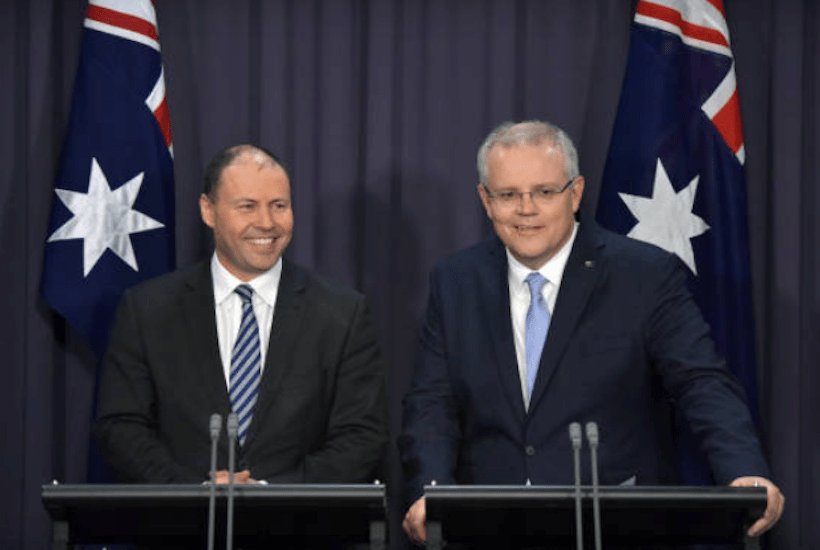







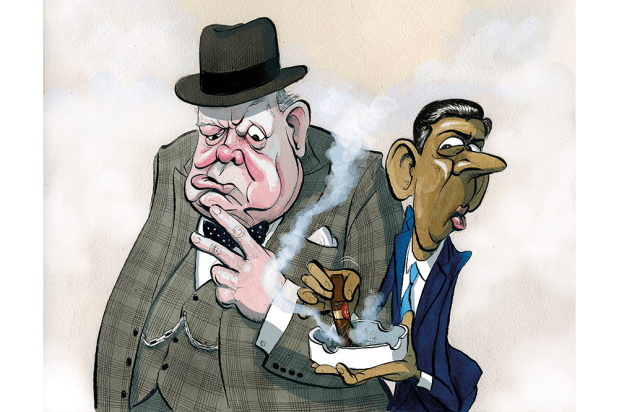



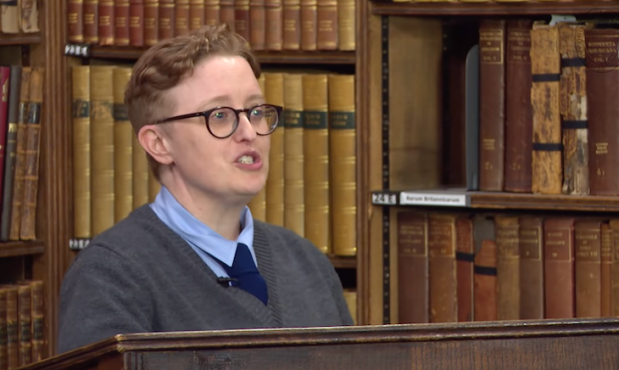


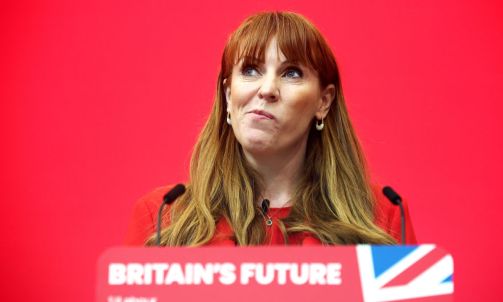


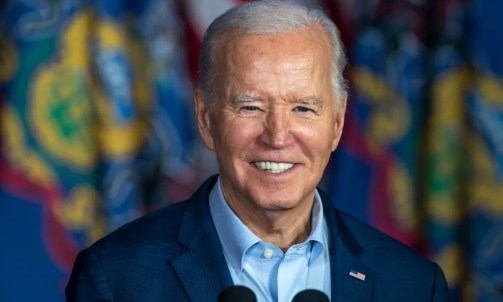
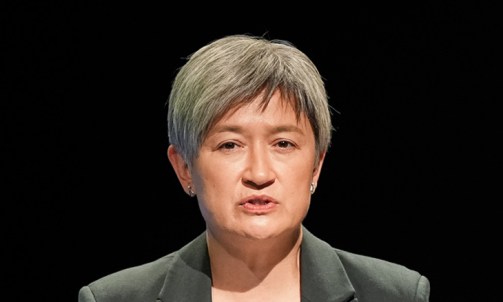


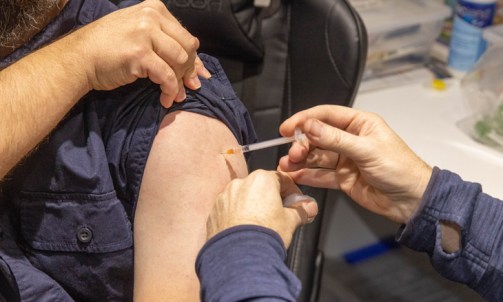
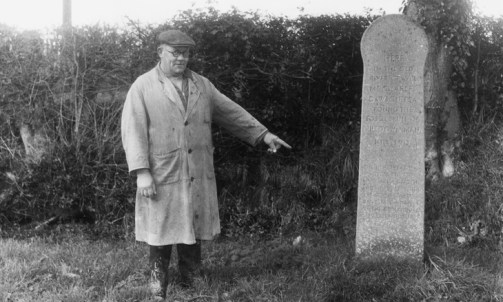
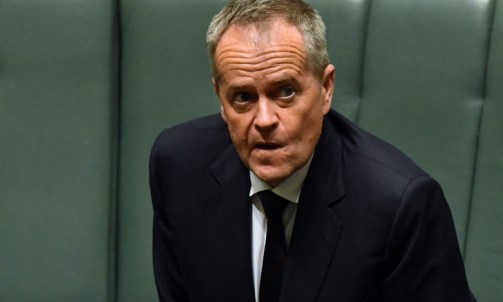
Comments
Don't miss out
Join the conversation with other Spectator Australia readers. Subscribe to leave a comment.
SUBSCRIBEAlready a subscriber? Log in